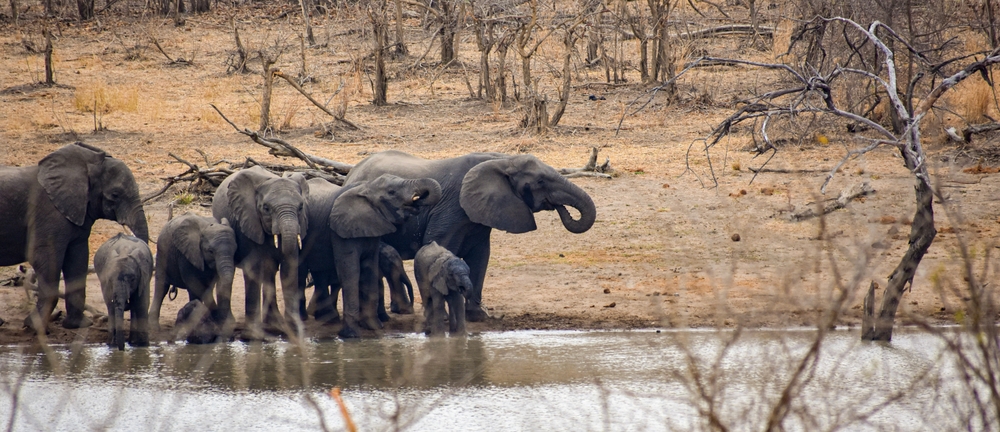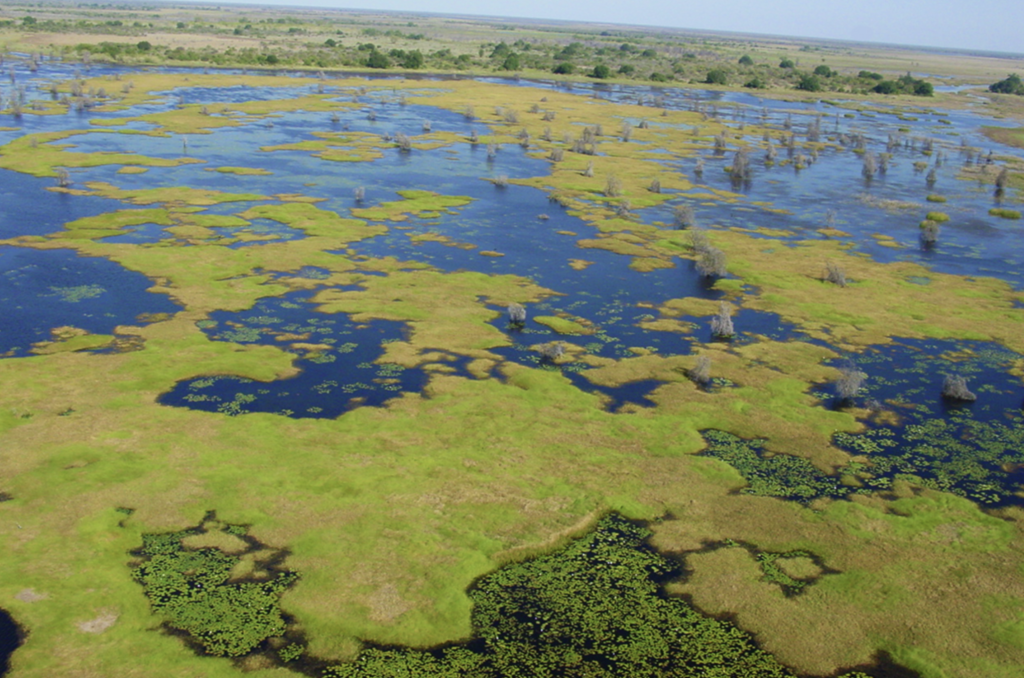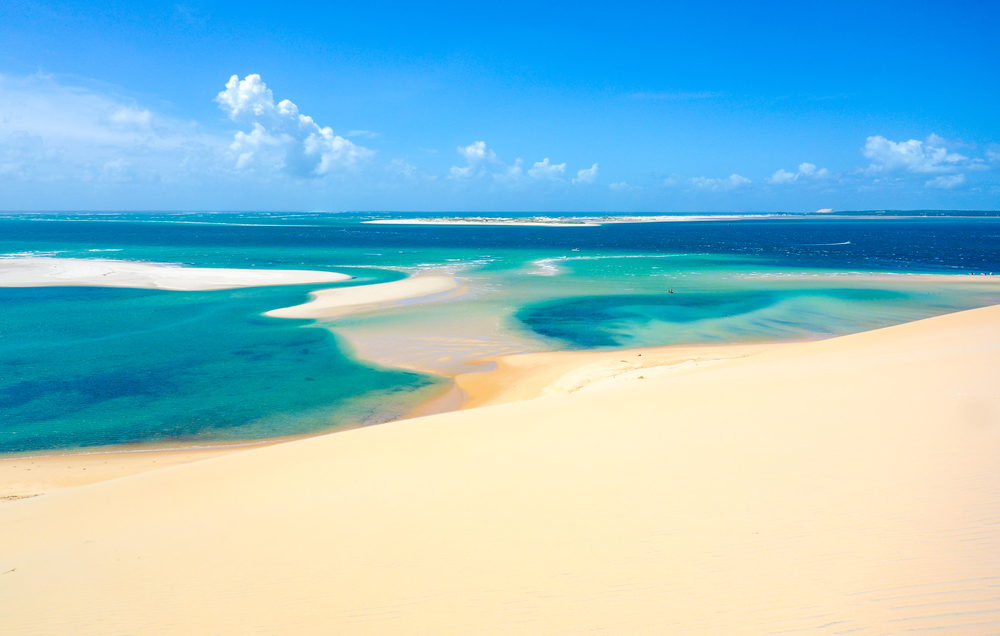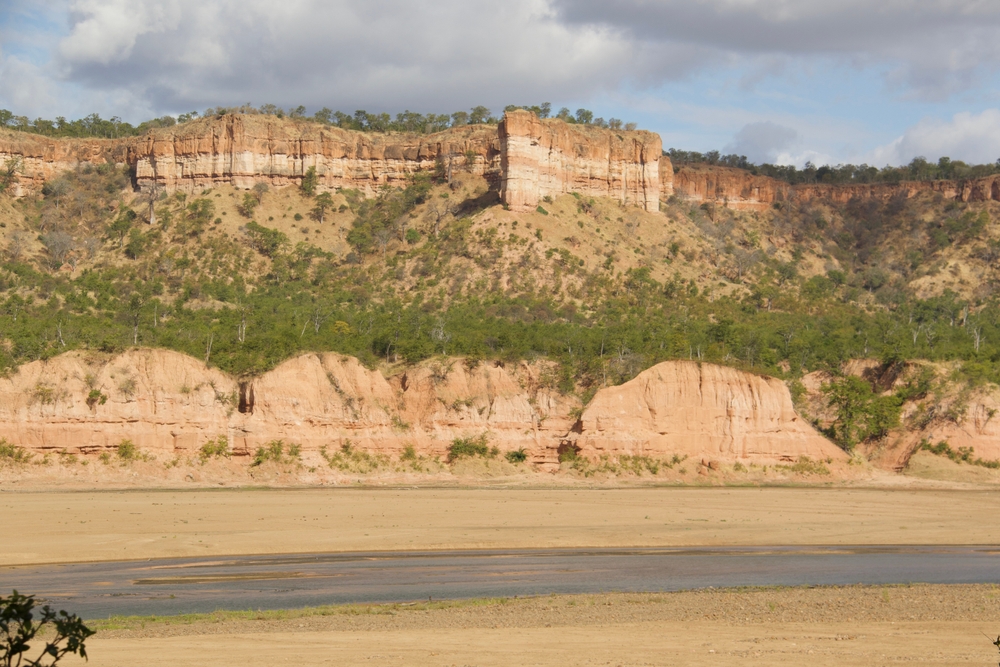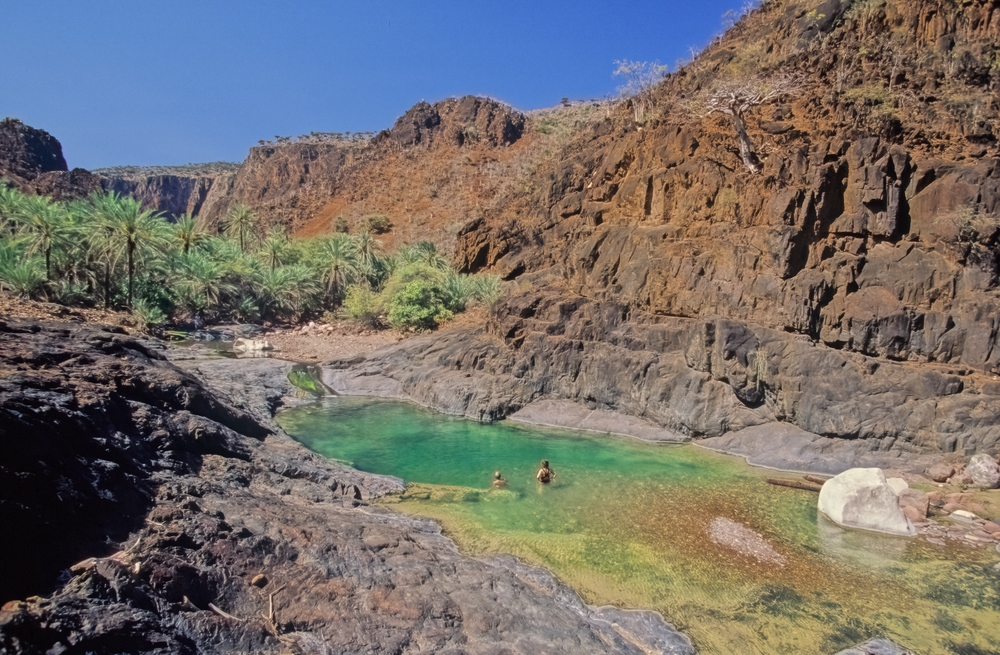Magoe Overview
Magoe National Park, locally known as “Parque Nacional do Magoe,” is a scenic and ecologically significant protected area located in the Tete Province of Mozambique. Established in 2013, the park spans approximately 3,558 square kilometers (1,374 square miles) along the shores of Cahora Bassa Dam, one of Africa’s largest artificial lakes. Known for its striking landscapes and rich biodiversity, Magoe National Park is a crucial conservation area and a burgeoning destination for eco-tourism in Mozambique.
The terrain of Magoe National Park is a diverse mosaic of woodlands, savannas, riverine forests, and rocky hills that provide a dramatic backdrop to its waterways. The Cahora Bassa Dam, fed by the Zambezi River, is the park’s centerpiece and a lifeline for its ecosystems. Seasonal wetlands and tributaries further enhance the park’s ecological diversity, supporting a wide range of flora and fauna. Vegetation in the park is dominated by mopane woodlands, interspersed with acacias and baobabs, which thrive in the semi-arid climate and sustain its herbivores.
Magoe National Park is home to a variety of wildlife, including iconic African species. Elephants, buffalo, and antelope such as kudu and waterbuck roam the park’s savannas and riverbanks. Predators like lions, leopards, and hyenas also inhabit the area, maintaining the ecological balance. The waters of Cahora Bassa Dam are rich in aquatic life, including crocodiles and hippos, and serve as an essential resource for wildlife during the dry season. Birdwatchers will find the park a haven, with species such as African fish eagles, herons, and kingfishers frequently sighted along the lake and riverbanks.
Visitors to Magoe National Park can explore its natural beauty through a variety of activities. Game drives and walking safaris offer opportunities to observe wildlife in their natural habitats, while boat tours on Cahora Bassa Dam provide a unique perspective of the park’s aquatic ecosystems. Fishing enthusiasts can enjoy world-class angling, particularly for tigerfish, a prized sportfish found in the dam. Camping facilities and eco-lodges allow visitors to immerse themselves in the park’s serene environment, and cultural interactions with local communities provide insights into traditional practices and the importance of conservation.
Despite its natural beauty, Magoe National Park faces challenges such as poaching, habitat degradation, and human-wildlife conflict, particularly in areas near local settlements. Limited infrastructure and accessibility also hinder its potential as a tourist destination. Conservation efforts, led by Mozambique’s Administração Nacional das Áreas de Conservação (ANAC), focus on anti-poaching initiatives, habitat restoration, and community engagement. Partnerships with local communities aim to create sustainable livelihoods, reduce dependency on natural resources, and foster a sense of stewardship for the park.
Magoe National Park is a vital part of Mozambique’s protected area network. Its diverse landscapes, abundant wildlife, and cultural significance make it a destination with immense ecological and tourism potential. By safeguarding this park, Mozambique ensures the preservation of its natural heritage and contributes to global conservation efforts.








































































